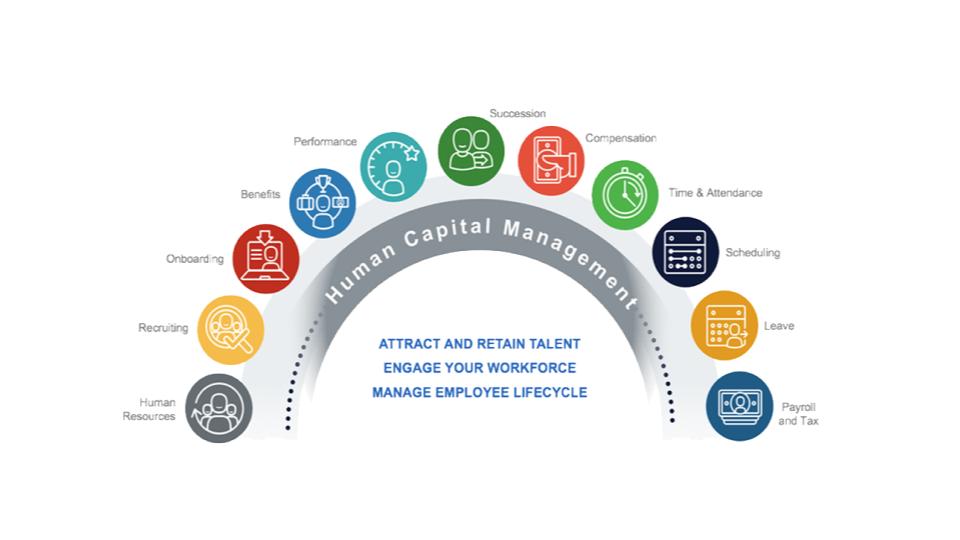In the U.S., human resources professionals spend almost 14 percent of their time maintaining employee records. By automating business processes related to HR, talent management, hiring, time and attendance tracking, payroll, mileage tracking, expense filing and processing, and scheduling, companies can save money and experience an increase in productivity and efficiency.
How HCM is Changing HR and People Management
While digital transformation is a high priority for many organizations, the majority of companies still perform some HR processes manually. By implementing human capital management (HCM) solutions, companies can automate and streamline those processes.
HCM software makes people management easier by automating compliance, benefits, incident and discipline tracking, asset management, onboarding, and more. As a result, it frees up the HR department to be more strategic and people-focused rather than paperwork-focused.
5 Big HCM Software Benefits
Companies lose an estimated 20 to 30 percent in revenue annually due to inefficiencies. You might find that your organization’s business processes become more efficient when HCM software is implemented. For example, in many cases, HCM software:
- Increases onboarding productivity by 30-60 percent.
- Reduces annual employee turnover by 9 percent.
- “…helps you attract the best people and allows you train them on what’s needed in real-time,” according to D!gitalist Magazine.
- Automates employee benefits, eliminating human error and promoting compliance.
- Reduces payroll processing costs by up to 80 percent and improves paycheck accuracy.
Addressing the value of HCM software, as 5 Core Functions that Benefit from Automation outlined, “These applications help organizations engage in more strategic planning such as choosing training options which improve workers’ skills and talents. It also enables HR departments to identify any gaps in the skills of their current workforce and helps guide future recruitment.”
Are You Ready to Automate Your Company’s HCM Processes?
HCM vendors like Workday (a cloud ERP system for finance, HR, and planning), ServiceNow (software that creates digital workflows that unlock productivity), and TriNet (an industry-tailored, full-service HR solution) are helping companies of all sizes move away from manual, paper-based processes and develop employee potential more effectively.
More and more companies are recognizing the need for automated processes related to HR and people management, which is why the HCM market is predicted to grow by 9.2 percent over the next few years. The right software for your company will help to increase productivity, lessen turnover, attract better talent, digitize staff benefits, and reduce costs related to payroll.
EdCast’s MyGuide is Helping Enterprises with HCM Automation
Even if most of your employees are engaged, there is always room for improvement in this area, which is one of the reasons why MyGuide was created.
MyGuide is a tool you can use to create in-app guides that help employees use any application or platform effectively. Here are a few benefits that MyGuide can help deliver for you:
- Provides in-app training, automation, and intelligence
- Drives adoption and usage
- Fosters better performance
- Reduces the need for HCM software customer support
Additionally, MyGuide Increases employee engagement and productivity by building professionals’ confidence in their ability to correctly use HCM software.
By using MyGuide, companies can supercharge your HCM software and maximize its ROI.
Learn more about the benefits of MyGuide here.
References:
- The McKinsey Global Institute. The social economy: unlocking value and productivity through social technologies. https://www.mckinsey.com/industries/high-tech/our-insights/the-social-economy.
- UNC. Creating a collaborative organizational culture. https://www.kenan-flagler.unc.edu/~/media/files/documents/executive-development/unc-white-paper-creating-a-collaborative-organizational-culture.pdf.
- Willis Towers Watson. Workplace stress leads to less productive employees. https://www
.towerswatson.com/en/Press/2014/09/Workplace-stress-leads-to-less-productive-employees. - Bersin, Josh. A new paradigm for corporate training: learning in the flow of work. https://joshbersin.com/2018/06/a-new-paradigm-for-corporate-training-learning-in-the-flow-of-work/.
- Staples. The state of the workplace in 2016. https://www.staples.com/content-hub/company-culture/work-life-balance/the-state-of-the-workplace-in-2016.


